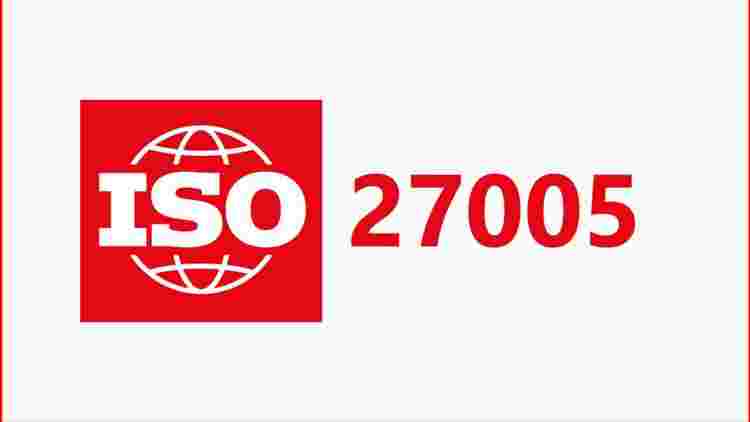The ISO/IEC 27005 standard provides a comprehensive framework for information security risk management (ISRM) that supports ISO/IEC 27001 implementation. It outlines a structured, repeatable risk management process that helps organizations identify, evaluate, and treat risks that threaten the confidentiality, integrity, and availability of information assets.
Below are the key steps in the ISO/IEC 27005 risk management cycle, aligned with best practices and industry standards:
1. Context Establishment
This foundational step defines the scope of the risk management process by:
Understanding the organization's environment
Identifying stakeholders and assets
Defining risk criteria, such as risk appetite and impact scales
Setting the right context ensures that the risk assessment is relevant and aligned with business objectives.
2. Risk Identification
In this phase, potential threats and vulnerabilities are identified, including:
Internal and external threats (e.g., cyberattacks, system failures)
Weaknesses in existing controls
Business processes and information systems at risk
Accurate risk identification lays the groundwork for an effective risk analysis.
3. Risk Analysis
This step involves analyzing the likelihood and impact of each identified risk using qualitative, quantitative, or hybrid methods:
Likelihood: How probable is the risk?
Impact: What are the potential consequences?
This helps prioritize risks based on severity and probability.
4. Risk Evaluation
After analysis, each risk is evaluated against the organization's risk acceptance criteria:
Risks are ranked (e.g., high, medium, low)
Decisions are made on whether to treat, accept, transfer, or avoid the risk
This ensures resources are focused on high-priority risks.
5. Risk Treatment
In this stage, appropriate measures are selected and implemented to reduce risks:
Technical controls (e.g., firewalls, encryption)
Organizational policies
Risk transfer (e.g., insurance)
The chosen strategy must align with ISO/IEC 27001 Annex A controls when applicable.
6. Risk Monitoring and Review
Risk management is an ongoing process. This phase involves:
Regular monitoring of identified risks and treatment plans
Detecting emerging threats
Ensuring risk remains within acceptable limits
Continuous review ensures the ISMS adapts to changing conditions.
7. Communication and Consultation
Throughout all steps, it's essential to:
Involve relevant stakeholders
Ensure transparency and awareness
Promote a risk-aware culture
Effective communication supports informed decision-making and buy-in across the organization.
Why Is This Important?
Understanding these steps is crucial for IT managers, compliance officers, and cybersecurity professionals aiming to implement a risk-based approach to information security. It also ensures alignment with ISO/IEC 27001, which is required for certification and building organizational trust.
Preparing for ISO/IEC 27005 Certification?
If you’re preparing for the ISO/IEC 27005 Risk Manager certification exam, practical knowledge of this cycle is essential. At PremiumDumps, you can find updated PECB ISO IEC 27005 Risk Manager Dumps and practice tests designed by certified professionals to help you pass your certification on the first attempt.
Trusted by thousands of cybersecurity professionals worldwide
Covers real exam scenarios and ISO best practices
Backed by expert insights and exam readiness support The ISO/IEC 27005 risk management cycle is more than just a checklist—it’s a dynamic, repeatable process that enables organizations to proactively manage information security risks. Mastering these steps helps you improve security posture, meet compliance standards, and ensure business continuity.




